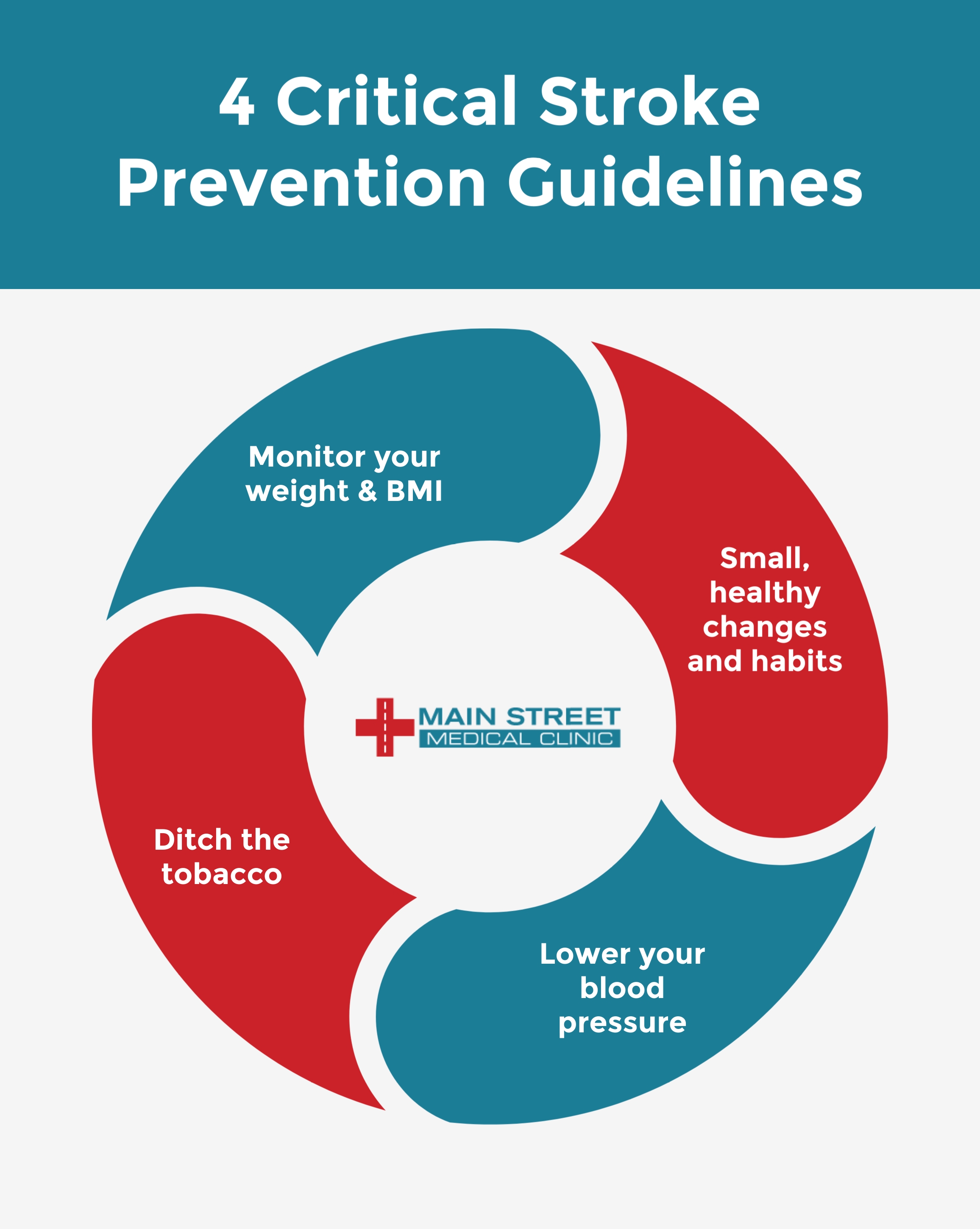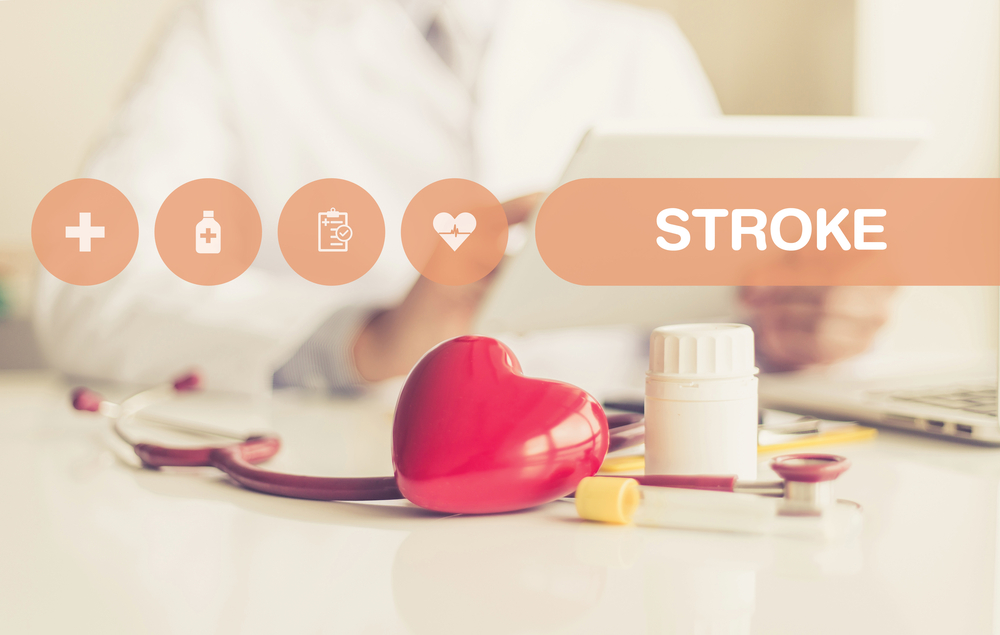With age comes wisdom but unfortunately, our risks for developing health problems increase too. While your age plays a role in your chances of having a stroke, genetics plays an even greater role. If you have an immediate family member who has had a stroke, it’s critical for you to make a few lifestyle modifications to lower the risk factors for stroke.
Looking for stroke prevention guidelines? Find out how to lower your risk here! #StrokePrevention Click To Tweet
Reduce The Risk of Stroke
There are two types of stroke, but the most common is an ischemic stroke. Ischemic strokes happen when the blood flow to your brain has failed. It’s important to practice healthy habits regardless of your age and medical history to reduce your risks of preventable health problems. Whether you’re 18 or 88, you can make small healthy lifestyle changes to lower your risk. The following guidelines are necessary for the primary prevention of stroke.
- Small Healthy Changes
- Lower Your Blood Pressure
- Monitor Your Weight & BMI
- Ditch the Tobacco
1) Small Healthy Changes
Oftentimes people will try and make a ton of lifestyle changes and end up failing and feeling defeated. Instead of attempting to change everything at once, consider making one small change at a time. For example, increase your fruit and veggie intake while reducing processed red meat and carbs. Swap sugar for stevia or whole milk for almond milk. Making one positive change at a time will help you feel better and in turn, make you want to incorporate more healthy choices.
2) Lower Your Blood Pressure
High blood pressure is a leading cause of strokes. If you have high blood pressure or it runs in your family, it’s essential to take the appropriate measures to lower your blood pressure. Try this to achieve a healthy blood pressure level:
- Reduce salt intake
- Eat more fruits and veggies
- Avoid high cholesterol foods
- Exercise for at least 40 minutes per day
3) Monitor Your Weight & BMI
Obesity not only increases your chance of having a stroke but it can also lead to other serious health problems. Start weighing yourself every day. When you see your hard work paying off on the scale, you’ll feel more inclined to keep making healthy changes. Eat between 1,500 and 2,000 calories per day.
Pro Tip: Increase your physical activity and try to get your heart pumping for at least 30 minutes every day to reduce your risk of stroke.
4) Ditch the Tobacco
If you’re a smoker, you most likely know it can cause lung cancer. Did you know it can cause strokes too? Cigarettes thicken your blood and increase plaque build up in your arteries which significantly increases your chances of developing a blood clot. Talk to your doctor about the best options to help you quit smoking as soon as you can!
Conclusion
While genetics can increase the likelihood of having a stroke, healthy changes can prevent stroke in patients who are at higher risk Visit your doctor on a regular basis to monitor your weight, blood pressure, and cholesterol levels. Want to learn more about stroke prevention guidelines? Connect with us on Facebook to speak with our medical professionals today.


Recent Comments